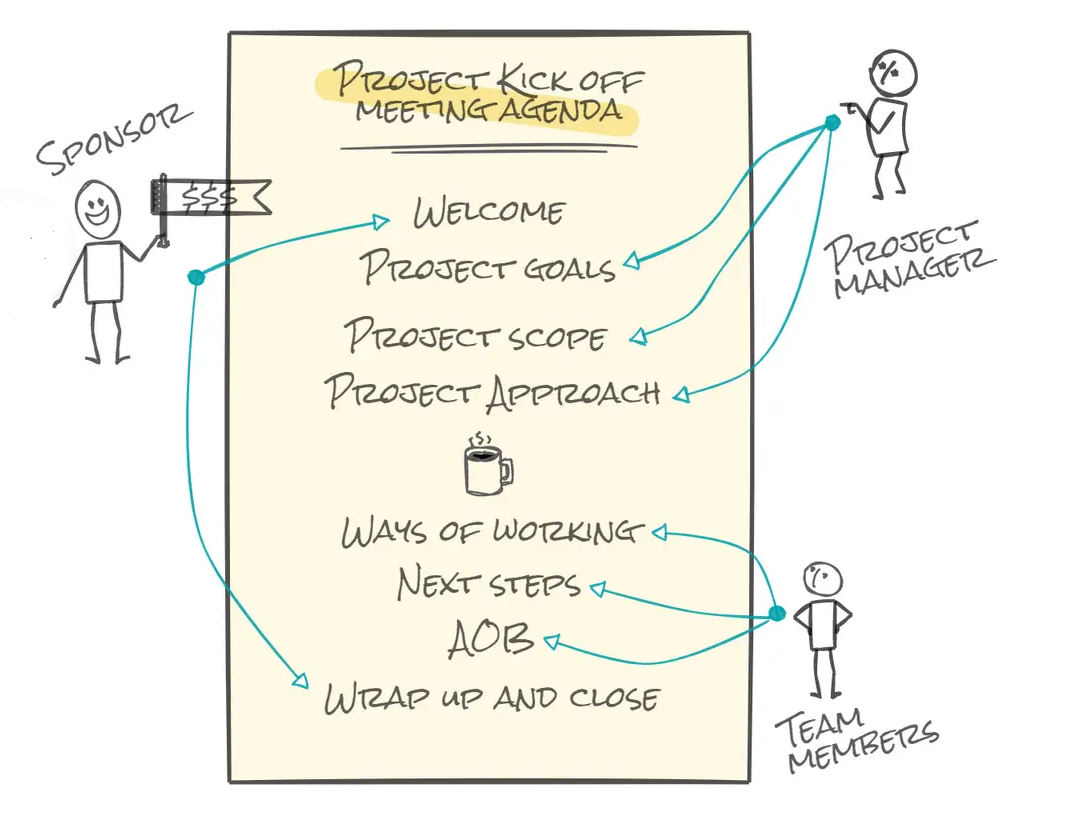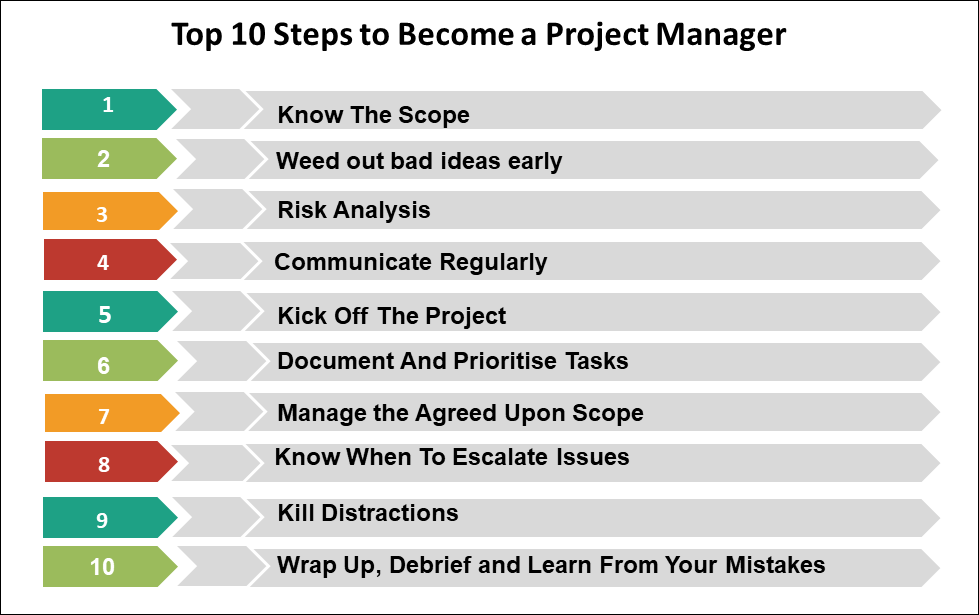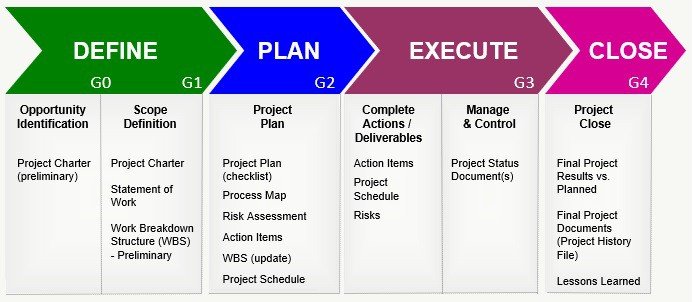Junior PM: 1-3 yrs exp, assist senior PMs, monitor progress, little autonomy. Medior PM: 3-5 yrs exp, lead small-medium projects, manage budgets, more autonomy. Senior PM: 5+ yrs exp, lead large complex projects, mentor juniors, high autonomy, strong leadership & financial skills.
Continue ReadingStyle Flavors for Project Managers Explained in Colors
Blue: The blue project manager is methodical, analytical and organized. They focus on planning, structure and process, and are driven by a desire to ensure …
Continue ReadingProject Kick-Off Meeting Agenda
A meeting agenda helps you and your colleagues prepare for a meeting and guide yourselves through the items you need to discuss. Time spent in planning an agenda will likely save time for all meeting participants by providing a clear set of topics, objectives, and time frames.
Continue ReadingProject Scheduling Steps for a Successful Management
Creating a serviceable project schedule is an indispensable activity for a project’s successful completion. Most of the project managers suffer from poor schedules that lead wrong decisions. Poorly created project schedules involve an inadequate number of activities and resources required to complete the tasks.
Continue Reading10 Steps to Become a Project Manager
To assist you on your project management journey, we have summarised the top ten steps you must follow to become a successful project manager below.
Continue ReadingSimplified Project Management process
This blogpost describes the Simplified Project Management process. Define-Plan-Execute-Close. Enjoy!
Continue ReadingThe Basics of Project Management
The Basics of Project Management
Continue Reading11 essential soft skills for project managers
To be a good project manager, especially within the domain of IT, it is appropriate to have a strong background in technical knowledge. Last but not least, non-technical skills can help you in tackling those inherent in project management.
Continue ReadingFreelance Project Manager daily rate
Project managers are critical to complex business processes. What are the daily rates charged by Freelance Project Managers
Continue ReadingMEET THE DEFINITION OF DONE
The aim of agile iteration is to provide potentially releasable increment at the end of an iteration. To create such an increment the development team needs to have a shared understanding of how a Product Backlog item can be considered done. For this purpose the Definition of Done is used.
Continue Reading









